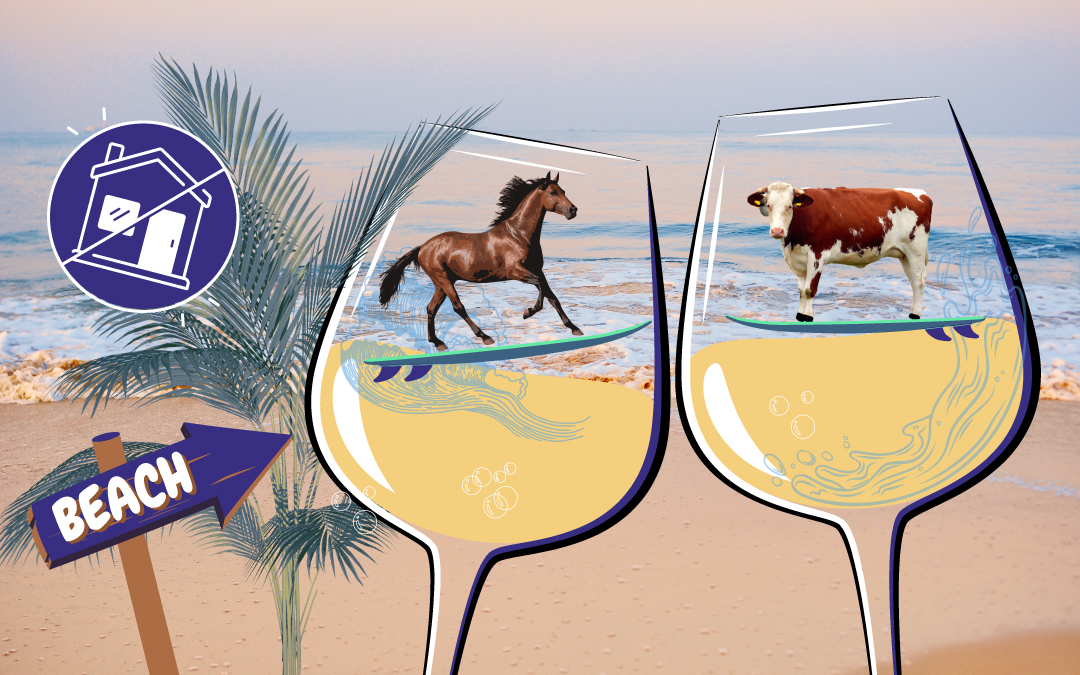Reflecting on the California cities with the least impressive housing performances in 2022, we can identify a few key archetypal patterns and behaviors: Beach towns known for their surf spots, equestrian cities, vineyards, and cities with swaths of unused “scenic” land. Come with us on a scenic (written) tour of California that details the specific situations of the cities that fall under these categories and the steps CalHDF has taken to enforce the state laws these cities have blatantly ignored.
The Surf and Beach Cities
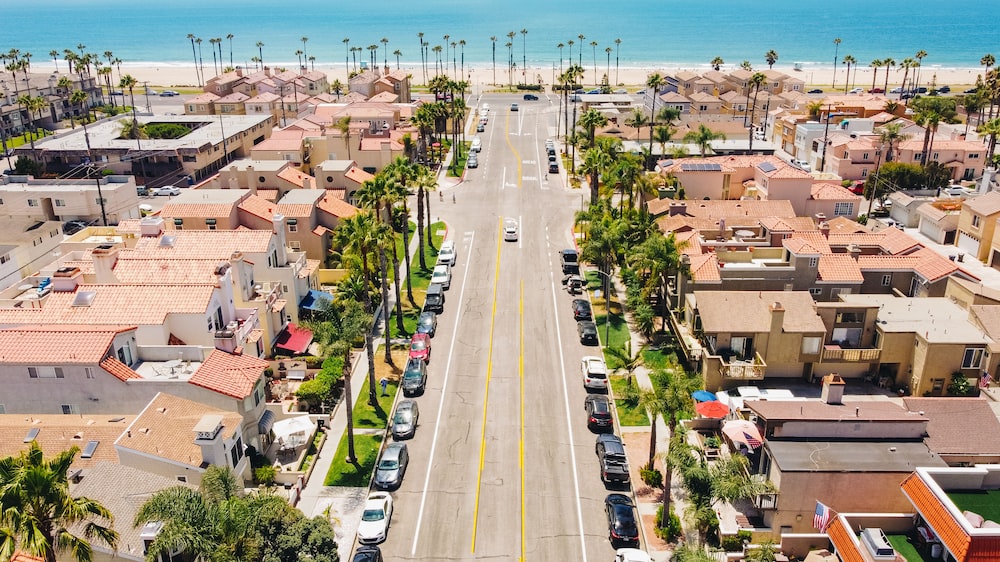
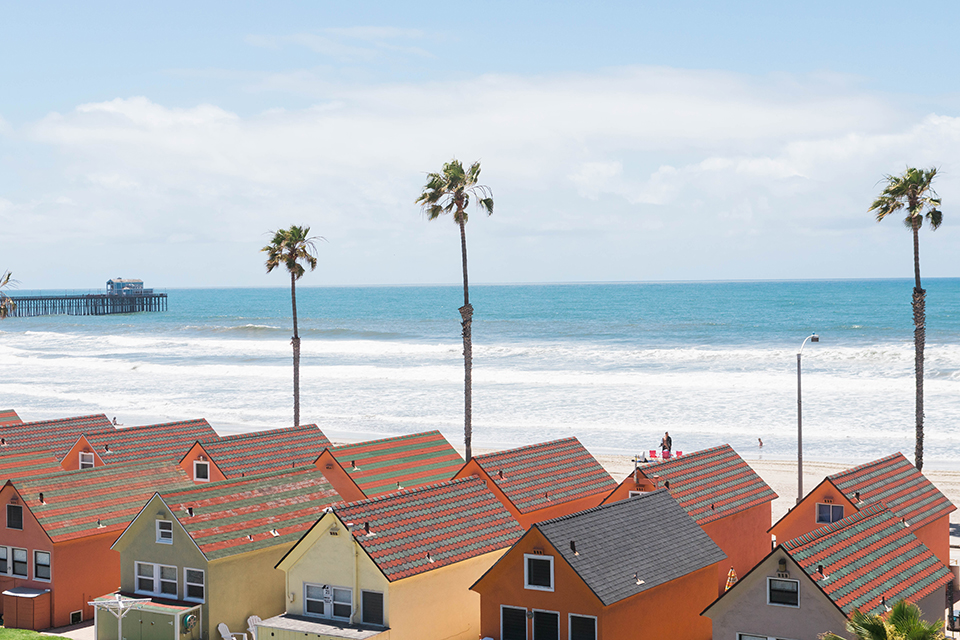

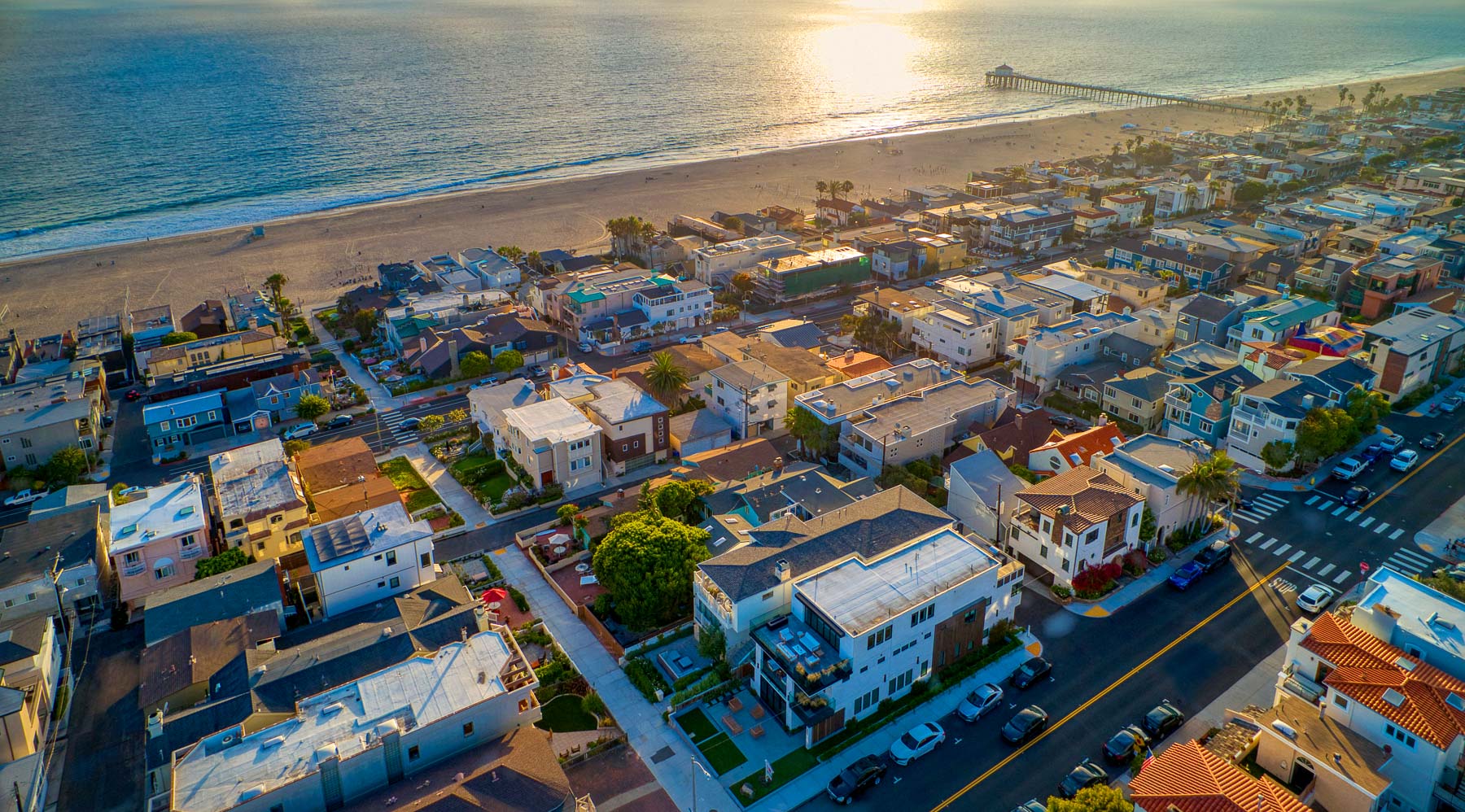

Although these coastal cities will do anything to prevent more housing development, fictitious traffic concerns and attempts to impose subjective development and design standards seem to be at the top of the list. Hopefully, these cities will learn that going to the beach is not an Olympic sport, and it is unlikely that new housing developments will generate enough traffic to lengthen the drive.
The Equestrian City
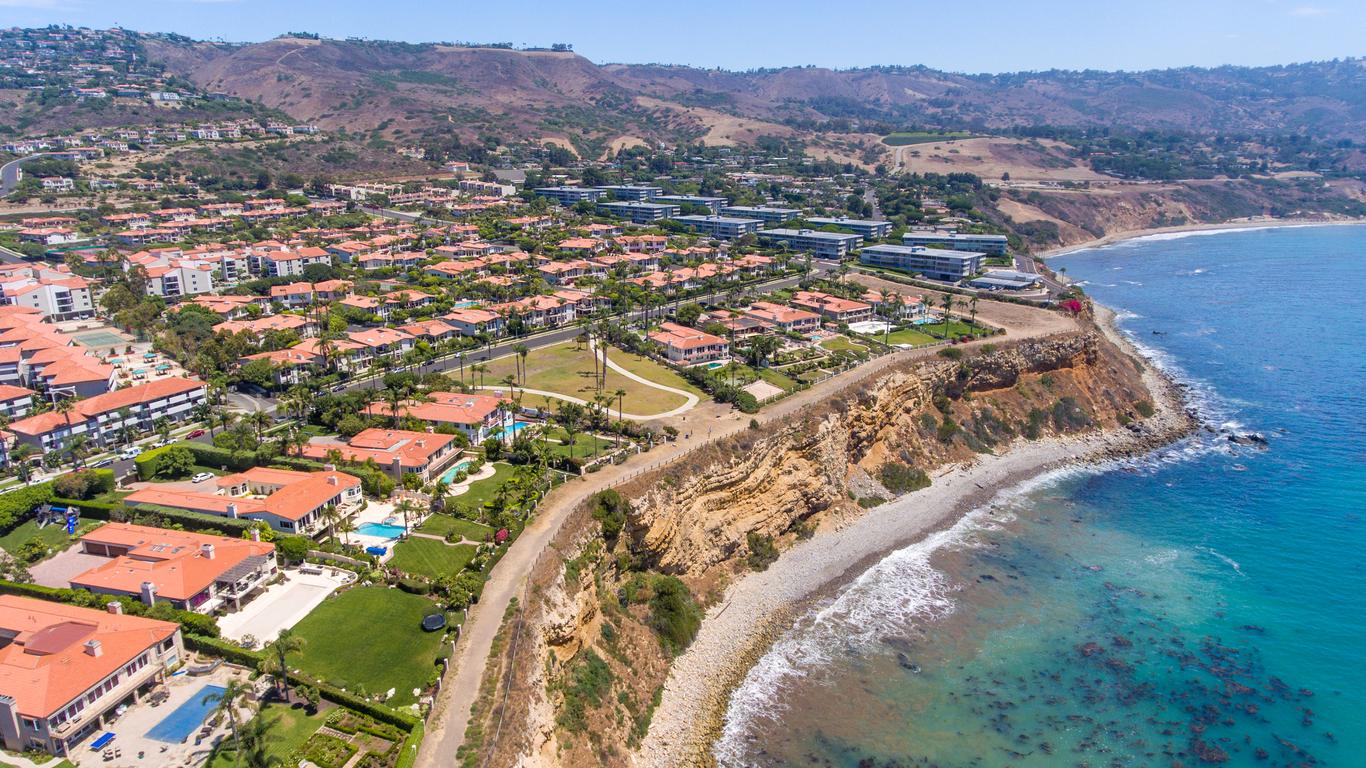
CalHDF also sent a letter to Rancho Palos Verdes in April regarding the City’s unlawful SB 9 ordinance, which imposes an affordability requirement on SB 9 developments. If the City is truly worried about affordability, maybe they should consider some multi-family affordable housing projects. After all, the cost of living in Rancho Palos Verdes is only 146% of the national average.


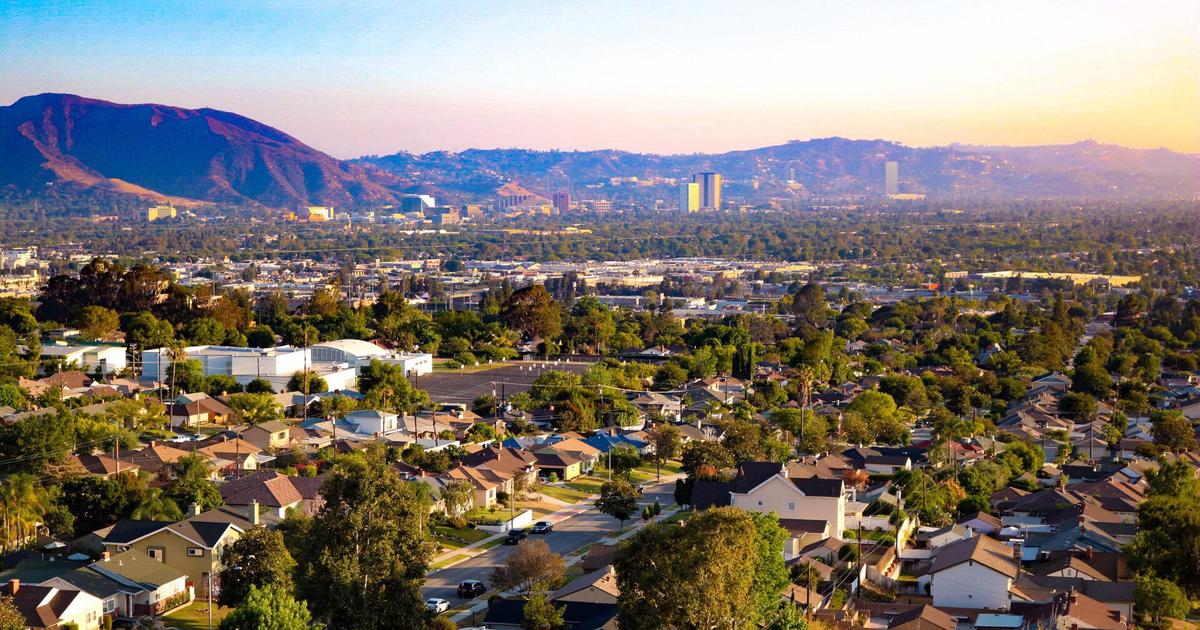
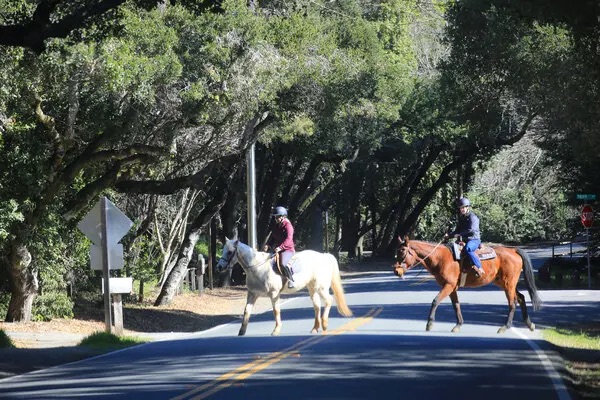
Finally, we will conclude our equestrian city chronicles with Woodside. Last year, Woodside, an exclusive enclave in the hills above Silicon Valley, passed an ordinance that would limit the number of units allowed under SB 9, cap the size of these units, and exclude development in high wildfire-risk areas. Town officials then identified a clause in SB 9 prohibiting development in areas established as habitats for protected species. So, officials declared that Woodside, in its entirety, is a mountain lion habitat, as mountain lions are a candidate for the California Endangered Species Act. Given this declaration, no lot within Woodside would be eligible for an SB 9 project. Despite this effort to bypass SB 9, Woodside decided to reverse the ban on SB 9 applications in February 2022, following pushback from California’s Attorney General. While the Town’s protected species habitat claim is contrary to state law, the situation confuses us for another reason – if Woodside is an equestrian city, why would they so adamantly protect a natural predator of horses?


The Scenic City
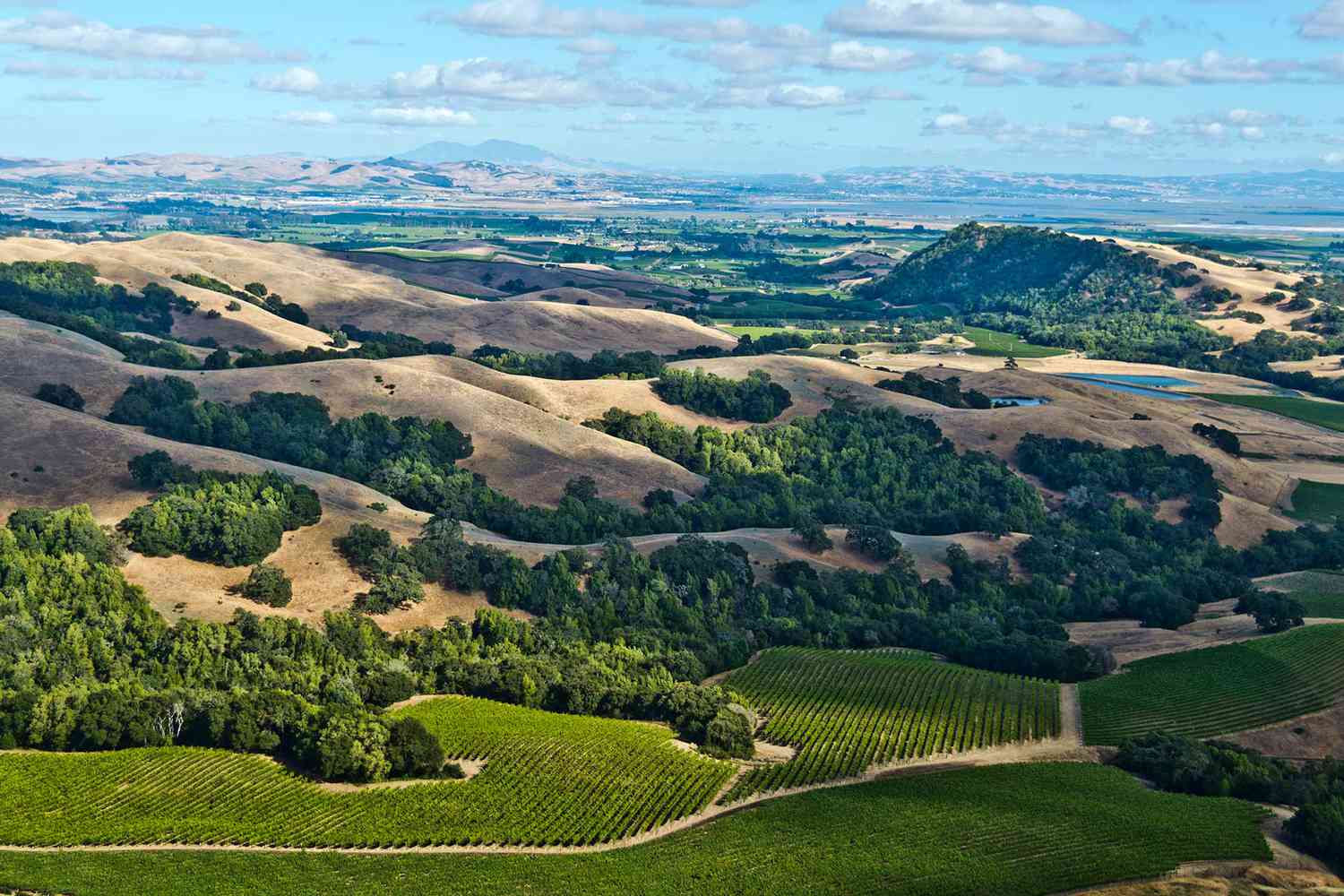

Last time we checked, “scenic” is far from objective, measurable, or verifiable. Prohibiting or restricting development in areas that may be considered picturesque by specific individuals is unquestionably subjective. At CalHDF, we do not believe undeveloped land is “scenic.” If you ask us, housing is the ultimate view. We hope Sonoma will stop wine-ing and build some new homes!
The Cow City
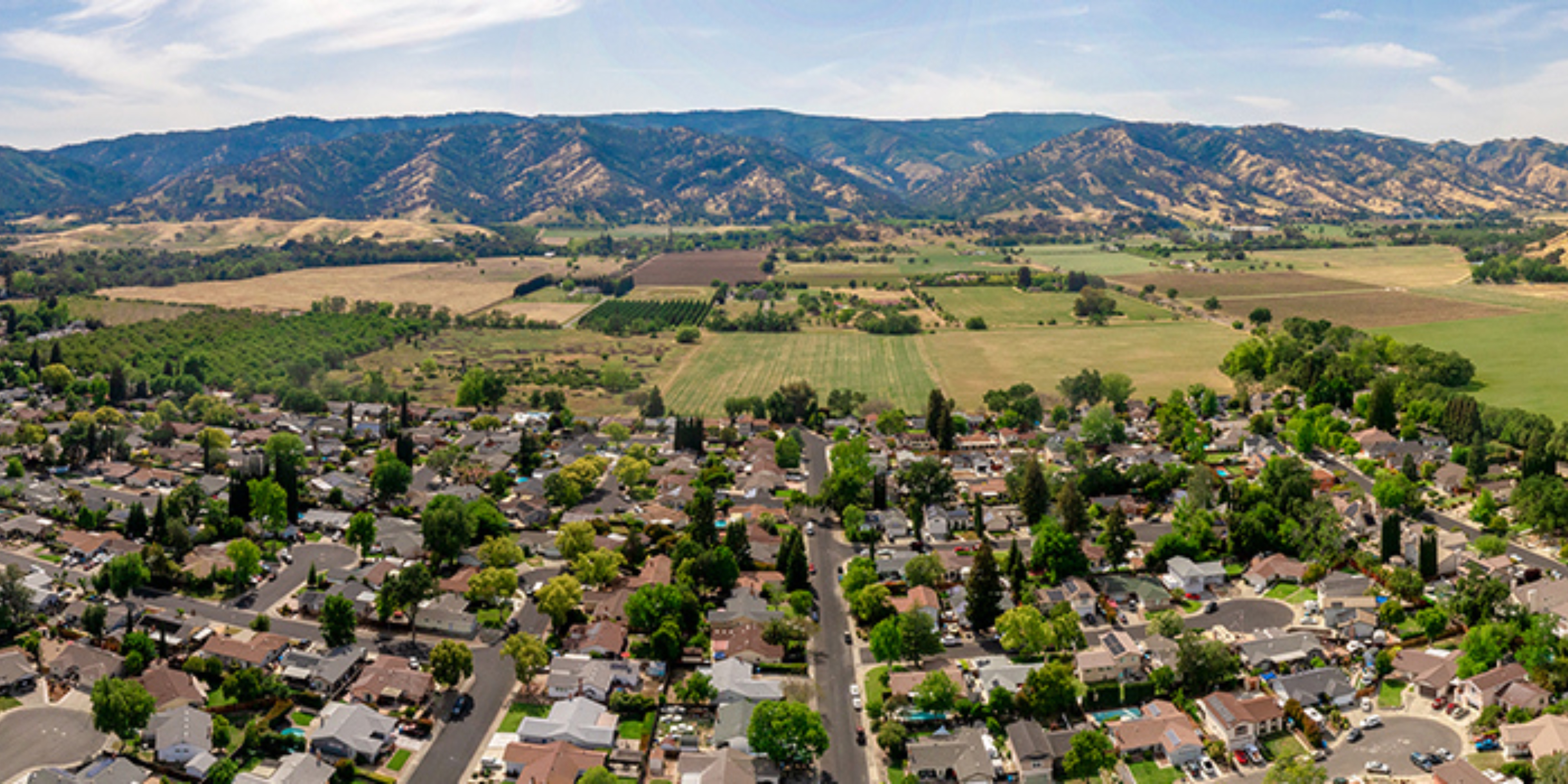

The Silicon Cities and Counties
Last but certainly not least, Silicon cities and counties. Mountain View, Palo Alto, and Venice Beach are all examples of Silicon cities, but here we’ll focus on Santa Clara County.
As you may know, CalHDF sued Santa Clara County in September to remedy the County’s illegal downzoning in the form of increased lot requirements for the newly created Upper San Juan Residential District (SJRD). In short, Santa Clara County’s downzoning ordinance aims to ensure the SJRD remains unaffordable and inaccessible by limiting development to single-family homes on huge lots. The County’s ordinance violates SB 330, inhibits new development, and will result in one to two homes per acre of land. Litigation is in progress, but the jury is out on one thing: proximity to Stanford University does not make you more intelligent.

